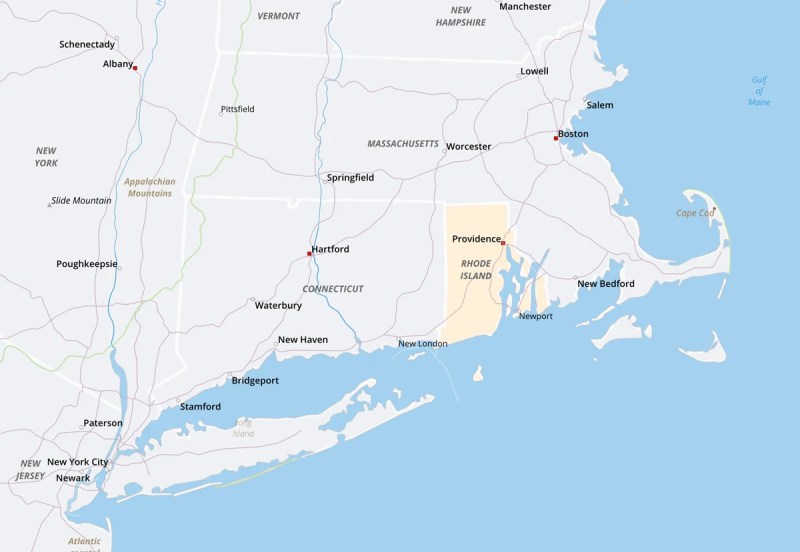
Physical Map Of The 13 Colonies – Animals Art and Literature Earth and Geography History Life Processes Living Things (Other) Philosophy and Religion Plants Science and Mathematics Society Sports and Recreation Technology
The 13 colonies that became the United States of America can be grouped into three geographic regions: the New England Colonies, the Middle Colonies, and the Southern Colonies. The Middle Colonies consisted of New Jersey, New York, Pennsylvania and Delaware. They were located in the southern New England colonies of New Hampshire, Massachusetts, Rhode Island, and Connecticut. The Middle Colonies were north of the Southern Colonies of Maryland, Virginia, North Carolina, South Carolina, and Georgia.
Physical Map Of The 13 Colonies

The Dutch and Swedes established the first permanent European settlements throughout the Middle Colonies. The Dutch settled in present-day New York in 1624 and New Jersey in 1660. The Swedes established colonies in 1638 in the areas known as Pennsylvania and Delaware. They remained in control until the Dutch intervened in the 1650s. In 1664, the British occupied all the Dutch lands in America. New Jersey, Delaware, and parts of Pennsylvania were safe havens for Quakers.
Geography Facts: Rhode Island
Many English, Dutch, German, Scots, Scotch-Irish and Swedes settled in the Middle Colonies. They practiced different religions, all of which were freely accepted by others. Quakers, Lutherans, Presbyterians, Roman Catholics, and Anglicans were among the many religious groups found in the Middle Colonies.
The Middle Colonies had a mild climate and hot summers. The land was better for farming than in the New England colonies. The region produced enough wheat, corn (maize) and other grains to feed the colonies, with enough left over for export to England. Colonists built mills to grind grain. In addition to fertile farmland, the Middle Colonies’ natural resources included iron ore and forested forests. Factories produce iron, paper and textiles. Like wheat, these products were used in the colonies and brought to England. Boat building was also important. The colonists established the cities of Philadelphia and New York as trading centers.
The Middle Colonies had different social and political structures. For example, New York had an extensive system of large estates, where tenant farmers rented land from landlords. The landlords looked after the tenants, often administered justice and levied taxes for the manor. This system ensured that large landowning families had great economic and political power. In contrast, Pennsylvania was a very democratic colony. In 1681, Charles II of England gave William Penn land to pay his father’s debt. Penn intended the colony to be a haven for Quakers and other religious minorities. He established a government in which citizens elected representatives to the legislature to make laws. As a result, Pennsylvania became a diverse and dynamic colony. (
We are busy, working hard to bring you new features and updated design. We hope you and your family enjoy the new Britannica. Take a minute to check out all the updates!
Facts About The 13 Colonies
Select a language from the menu above to view a computer translated version of this page. Please Note: The text in the images cannot be translated, some features may not work properly after translation, and the translation may not accurately convey the intended meaning. Britannica does not confirm the revised text.
After translating an article, all tools except Font Up/Font Down will be disabled. To re-enable or switch back to English, click “View Original” in the Google Translate toolbar.
By continuing to use this website, you agree to the terms of our cookie policy which can be found in the privacy notice.

Chart of the 13 colonies, map of 13 british colonies, blank map of 13 colonies, original map of 13 colonies, map of the 13 colonies in 1776, history of the 13 colonies, map of 13 colonies, map of the 13 colonies with names, printable map of 13 colonies, physical map of 13 colonies, the 13 english colonies map, geography of the 13 colonies